For more than a decade, improvements to video arcade games were mostly subtle and incremental. Then Hang-On debuted in 1985. The brainchild of Sega godhead Yu Suzuki, this roadracing simulator introduced an entirely new breed of coin-operated machine: the taikan or "bodily sensation" arcade.
Instead of an upright cabinet, Hang-On used a scale-model 500cc GP motorcycle, replete with handlebar controls and footpegs, mounted on a fixed platform. The video screen was integrated into the front fairing, and players maneuvered their two-wheeled avatar by leaning side to side. (This is widely held as the first use of full-body motion control in video-game history.) Hang-On also featured new 16-bit hardware and groundbreaking "super-scaling" graphics, plus a bleeding-edge audio setup that pumped out realistic engine noises and digitized drum samples—another industry first.
When it arrived in North America, Sega's new machine represented the most extravagant and expensive arcade system ever. It made Namco's Pole Position—and every other racing simulator—seem primitive. Gamers went ape, and Japan couldn't build Hang-On cabinets fast enough to meet demand. Best of all, Suzuki later admitted the whole project was an elaborate tribute to his real-world roadracing hero: "Freddie Spencer's riding style, it was so nice, and my game was like an homage. That's the reason I wanted to make it—he rode a Honda bike, and I loved the way he hung on!"
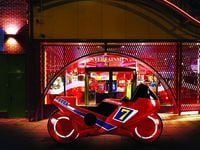
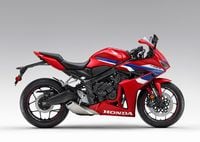
/cloudfront-us-east-1.images.arcpublishing.com/octane/WCJVB43G7VAC5N5UCBTFJXT6DA.jpg)
/cloudfront-us-east-1.images.arcpublishing.com/octane/GJZAJUJPHZDFPIOZUXFPTTZGGY.jpg)
/cloudfront-us-east-1.images.arcpublishing.com/octane/MMPNVEHLM5GYPECTODIKYKDJVU.jpg)
/cloudfront-us-east-1.images.arcpublishing.com/octane/BHSBSOJ5IFENROCJTGDDW37JPY.jpg)
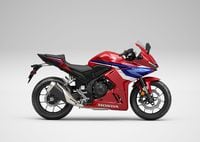
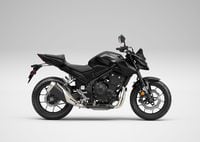
/cloudfront-us-east-1.images.arcpublishing.com/octane/FJKCDM4N6BDTDCOE4CQFSS6VQE.jpg)
/cloudfront-us-east-1.images.arcpublishing.com/octane/ZL5XFWNFJVGP3BUH245QOW4OPU.jpg)
/cloudfront-us-east-1.images.arcpublishing.com/octane/AP2OUFOAQBE3VP5TXTBNXM57PU.jpg)
/cloudfront-us-east-1.images.arcpublishing.com/octane/6TBJOYAXHRD7LEXKXVSZFESQRE.jpg)
/cloudfront-us-east-1.images.arcpublishing.com/octane/NA6GARIGNNBRRMWPCGLW7GMIPU.jpg)
/cloudfront-us-east-1.images.arcpublishing.com/octane/PFP7LTPXMZGM3P5MUQ55CRLGDQ.jpg)
/cloudfront-us-east-1.images.arcpublishing.com/octane/AANFFQ76NZHGZI32JHYLZWECZE.jpg)
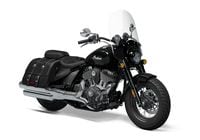
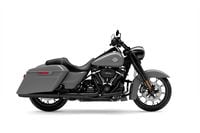
/cloudfront-us-east-1.images.arcpublishing.com/octane/HV4KF6WQSRB7XI4BIXC3RAJQFQ.jpg)
/cloudfront-us-east-1.images.arcpublishing.com/octane/OJJBMZMGB5ESVDMU7JP3DLGRNA.jpg)
/cloudfront-us-east-1.images.arcpublishing.com/octane/LKJGT7AQWNCKROINJHQZJINOLQ.jpg)
/cloudfront-us-east-1.images.arcpublishing.com/octane/C7JXP6I6HZD27NKSD5DN7W4P6M.jpg)

/cloudfront-us-east-1.images.arcpublishing.com/octane/TBWVGMFVFNE5RBQHGL3S5P6D3Q.jpg)
/cloudfront-us-east-1.images.arcpublishing.com/octane/P2LSTY5BCFBZLJGGNI4DEVDO7M.jpg)
/cloudfront-us-east-1.images.arcpublishing.com/octane/SNXNG3GGIFECLOVO4BNRRWGSOU.jpg)